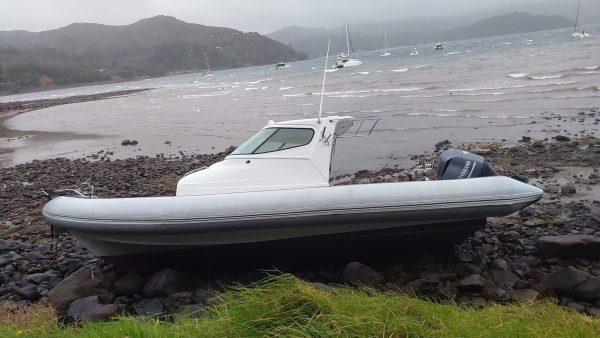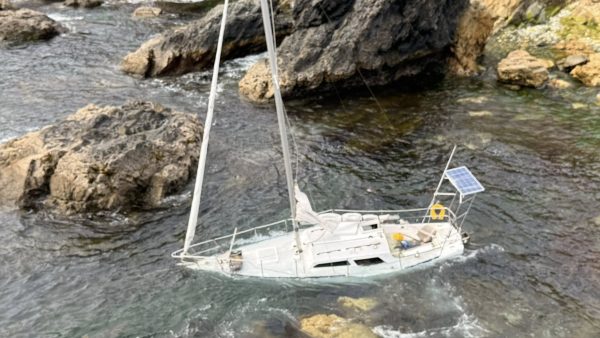A new report released this month marks 30 years of black petrel monitoring on Great Barrier Island, the only place in the world — along with Little Barrier — where the seabird breeds, revealing a population holding steady but still heavily threatened.
It began on the ridgelines of Great Barrier Island in the mid-1990s, when a handful of researchers pitched tents in the wind and began tagging the dark-winged seabird called tāiko. Back then, the black petrel was already flagged as a bird in trouble — but with an outsized risk of ending up drowned on a tuna hook.
Each November, the great birds rise out of the Pacific, skimming the waves with their 1.2-metre wingspans before folding themselves into burrows scratched into the island’s soil. This year, their arrival carries a particular weight: it marks the 30th season of continuous monitoring — a rare milestone in seabird science and one that offers a chance to ask: what have we learned?
From the first marked burrows and banded birds on Mt Hobson/Hirakimata to today, researchers have returned each summer to weigh, measure and record. They have even banded birds at sea to build a fuller picture of their movements. The scale of the effort is remarkable: “This study represents one of the longest continuous seabird monitoring projects in New Zealand,” the authors note in the latest technical report.
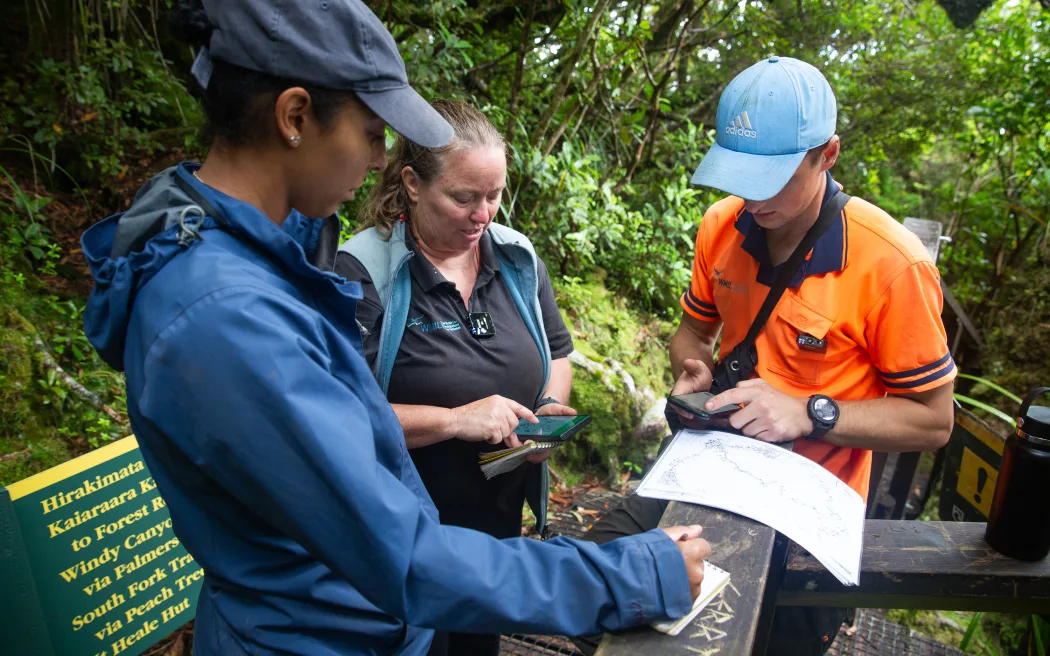
Three decades of data now paint a complex portrait. The population is holding steady, but growth has not materialised. Many of the same banded adults return year after year. “The population is dominated by older individuals,” (some as old as the research project itself), the report observes. That finding raises an uneasy question: are enough young petrels surviving to replace them, or are they simply late bloomers?
One revelation, tucked into this year’s account, offers an almost cinematic glimpse of the birds’ world. “Black petrels were observed actively following whale pods at sea, apparently to feed on food scraps,” the researchers write. It is the sort of detail that snaps seabird science into focus for the lay reader: predators of the deep, pursued not just by orca or sharks, but shadowed by birds clever enough to exploit the churn.
The threats, too, are now clearer. “Fisheries bycatch remains the greatest single source of mortality for adult black petrels,” the report states flatly. Despite years of effort, hooks and longlines continue to take their toll. Conservation campaigns on Aotea, unfortunately appear not enough to translate into a surge of petrels.
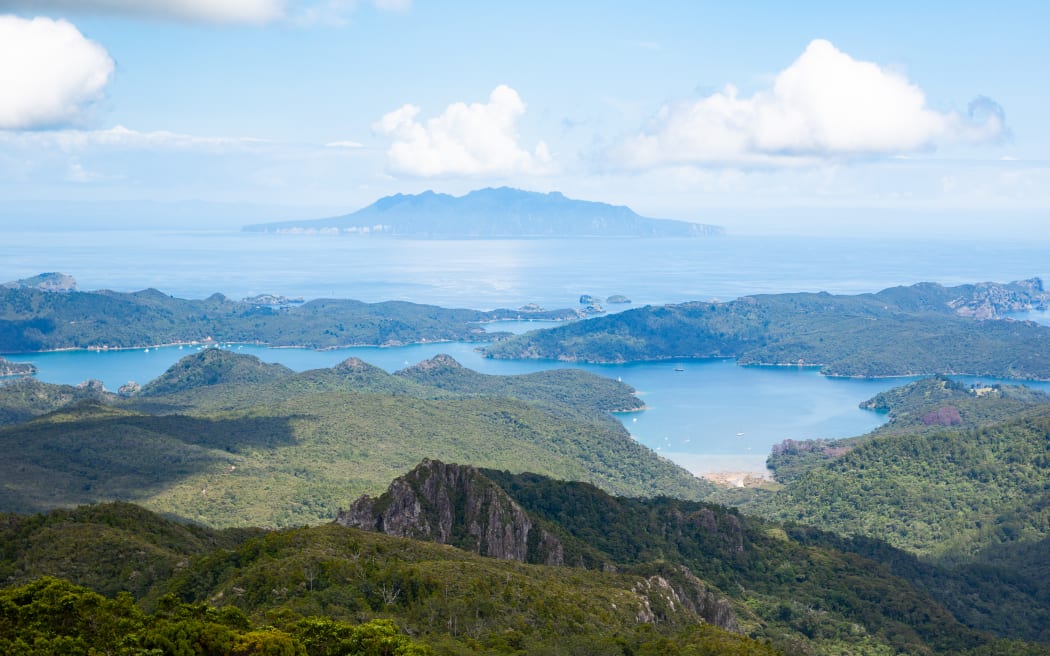
Breeding success is relatively stable — averaging 60–70 percent of eggs producing fledglings. That stability has been supported by predator control on Aotea and Hauturu, where traps and bait stations target rats and feral cats that raid burrows. But the reports stress these land-based losses are minor compared with the toll taken at sea. Black petrels range widely across the Pacific after leaving their nests, feeding in productive waters off South America as well as along the coasts of Mexico and Central America. There they overlap with some of the world’s busiest longline and artisanal fisheries.
In some South American fleets, thousands of hooks are set daily, and petrels diving for baited lines can be caught and drowned. “This is not just a local conservation issue,” researchers warn. “The birds we see on Hirakimata are interacting with fisheries thousands of kilometres away.”
That has sharpened the debate over international fishing responsibility — these seabirds cross EEZ boundaries with ease, but conservation rules do not.
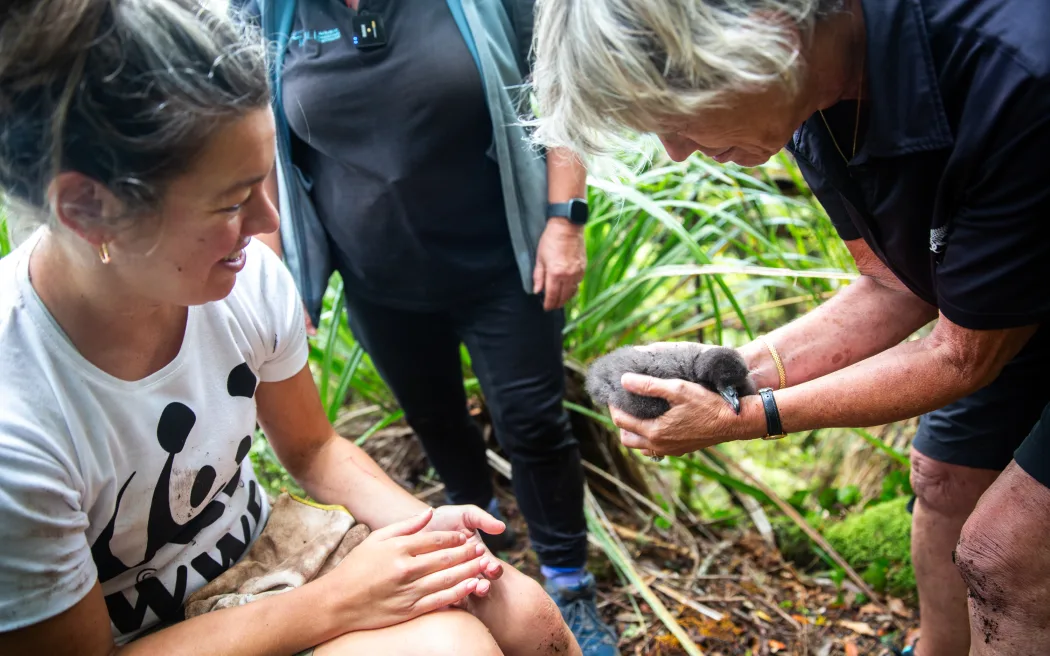
Black petrels remain the most at-risk seabird from commercial fishing in New Zealand waters. Bycatch numbers have dropped from thousands annually in the 1990s, but government reports still estimate hundreds killed each year on longlines and trawl gear. With a total population of perhaps only 5,000 breeding pairs, the loss is significant.
“It’s a bird that spends almost all its life at sea, yet one interaction with a baited hook can undo decades of survival,” says Biz Bell of Wildlife Management International, who has led the monitoring.
The 30-year record shows hope. Breeding success has remained steady in protected colonies on Aotea and Little Barrier Island, and advocacy by researchers has driven improvements in New Zealand’s fisheries, from hook-shielding devices to bird-scaring lines. But the margin is fine. Without ongoing monitoring, losses at sea or incursions by predators could go unnoticed until it is too late.
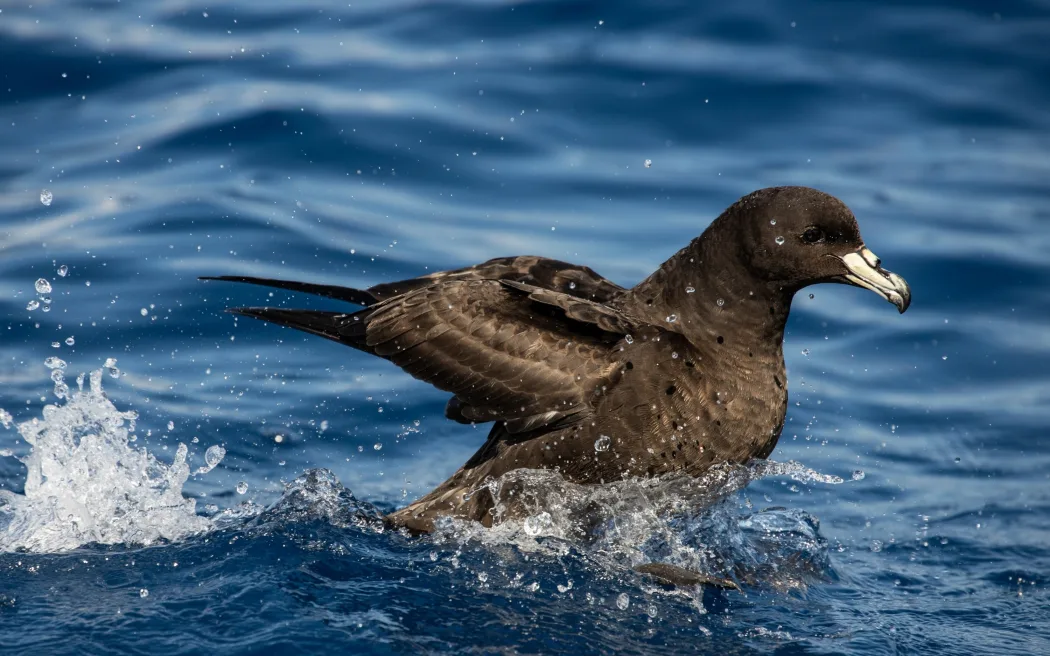
Yet the future is not only a litany of risk, the authors say. New tools are coming. Satellite tracking and advanced telemetry may soon map the birds’ long migrations from South America in extraordinary detail. “Emerging technology offers the chance to understand at-sea behaviour on an unprecedented scale,” they note, hinting that the next chapter may rely less on burrow checks and more on space-age science.
So what does thirty years amount to? A ledger of constancy and fragility. Black petrels still arrive each summer. They still raise their chicks in the shadow of Hirakimata. But the long record has stripped away illusions. Progress is not guaranteed. Survival rests on how science, fisheries, and public will combine in the decades ahead.
As one scientist put it in the report, the goal now is to “ensure this taonga species is not simply studied, but sustained.” After thirty years of watching, the question is whether New Zealand will act on what it has learned.
Read the full Petrel reports here: Black petrel population monitoring 2024/25




